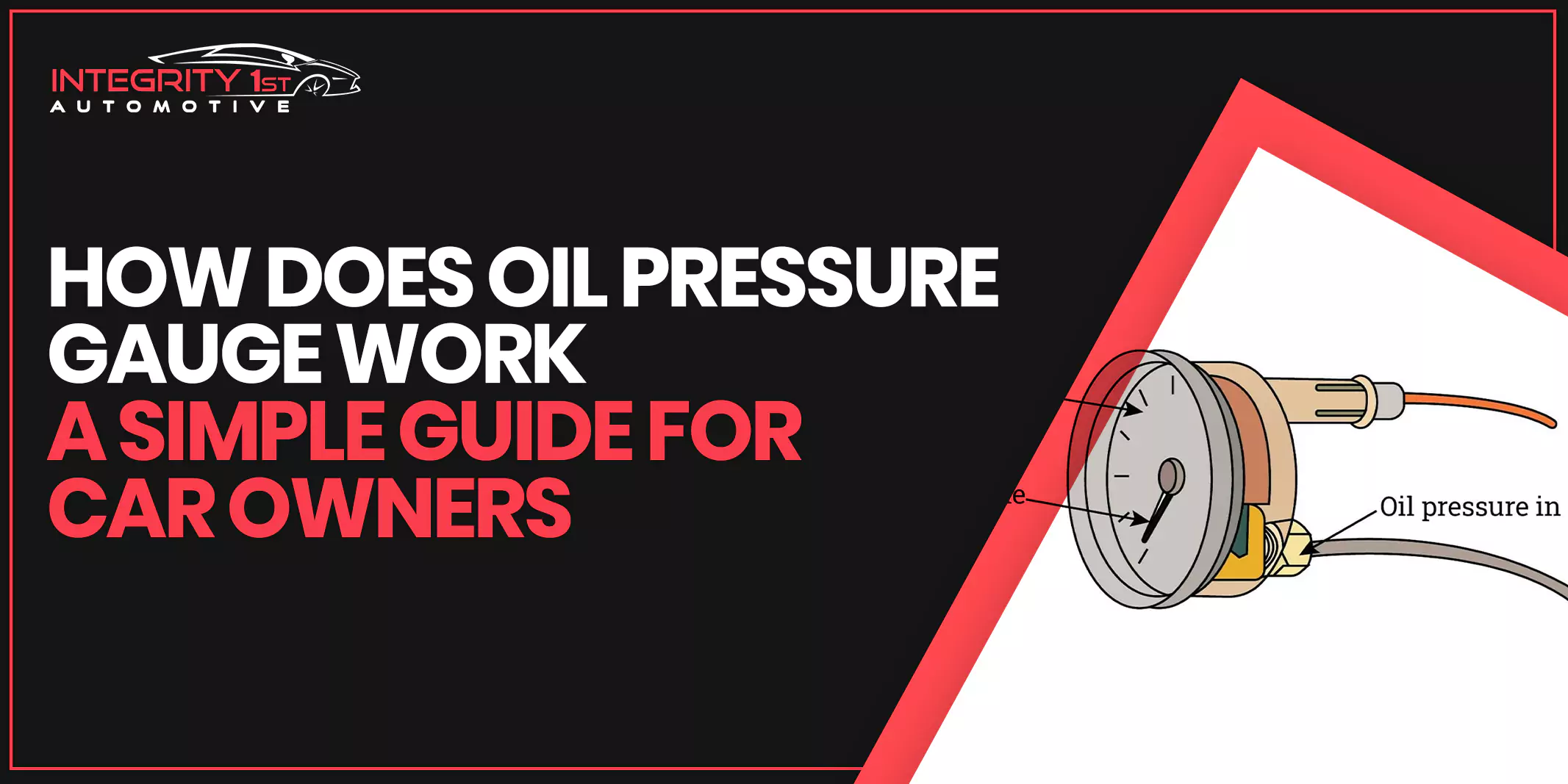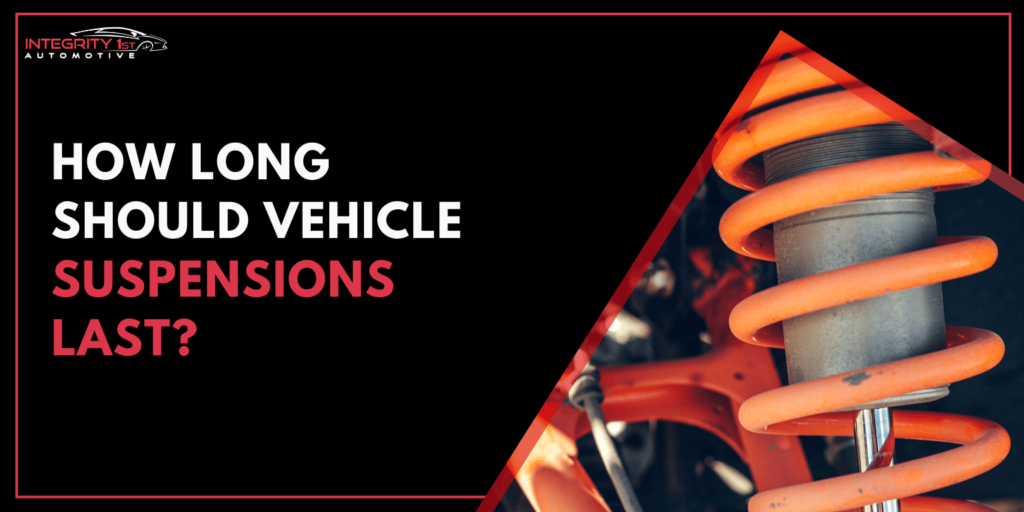If you’re wondering how does oil pressure gauge work, this article is for you!
The pressure gauge is an essential component for your vehicle’s engine health, making sure the engine’s moving parts are lubricated properly to prevent wear and tear.
Basically, the pressure gauge uses a sensor that measures the oil pressure and sends signals to the gauge. As a result, the gauge displays the information as a needle or a digital readout.
Oil pressure readings help you identify potential issues early on, such as pump failures or oil leaks.
In this article, we will discuss the working of an oil pressure gauge and the benefits of using one for your vehicle. Also, we will discuss the different types of oil pressure gauges.
Stay with us!
How Do Electric Oil Pressure Gauges Work?
Electric oil pressure gauges use a sensor, which is located in the engine block to measure the oil pressure within your vehicle’s engine. As soon as the sensor measures the pressure accurately, it converts the data into an electrical signal. These signals are then displayed on a digital readout or analog needle.
Here are the components involved in the proper working of an oil pressure gauge.
- Oil sensors to measure the pressure of the oil
- Gauge to display the oil pressure information on a digital readout or analog needle
- Signal transmission helps transfer the signal through a wiring harness
- The display indicates the oil pressure information
Different Types of Oil Pressure Gauges
Mainly, there are two types of oil pressure gauges, each with its own distinctive characteristics and operating systems.
However, there’s another one that we will discuss in this section; electrical gauges.

Mechanical Gauges
Mechanical gauges are one of the most commonly used traditional types of gauges that use pipes instead of wires to measure the oil pressure. These gauges use a needle display, indicating the pressure level. Also, they are known for their simplicity, cost-effectiveness, and durability.
Digital Gauges
As the name suggests, digital gauges use a digital display and advanced electronics to process the oil pressure in your vehicle. They are powered by the electrical system of the vehicle and are reliable and provide a wider range of information than mechanical gauges.
Electrical Gauges
Electrical gauges use an electrical sensor to measure the oil pressure and send data to the gauge. They are more accurate and practical with the possibility of integrating with other vehicle systems. Also, they are very flexible in display style and can either be analog or digital.
Understanding Oil Pressure Readings
Your vehicle’s oil pressure gauge is mostly located on your dashboard or main panel display next to your primary gauges. It’s important to monitor the oil pressure to maintain your engine’s health.
This is why understanding oil pressure readings is crucial.
Depending on the make and model of your vehicle, the oil pressure gauge can either display numbers ranging from 1-80 or 1-100 with an indicator needle. In some cases, the oil pressure gauge may use an “H” or “L” to indicate high or low pressure.
Low Reading
Low-pressure readings can be alarming for your vehicle as it indicates low lubrication to move the engine’s parts. This may lead to increased wear and tear, overheating of the engine, and ultimately engine damage.
If you notice a low reading, stop the engine immediately and inspect for underlying issues, such as oil leaks or clogged filters.
High Reading
High oil pressure may not pose a serious challenge, but it still indicates some issues. High pressure might strain your engine’s components and increase the chances of oil leaks. Therefore, if that occurs, consult a mechanic to identify and address the root cause to prevent engine damage.
What are the Main Uses of Oil Pressure Gauges?
Almost every vehicle uses an oil pressure gauge that measures its engine performance and health. Some important uses of an oil pressure gauge include:
- Early problem detection, such as oil leaks, pump failures, clogged filters
- Timely maintenance of your vehicle and repairs to prevent unexpected breakdowns
- Fine-tunes the engine performance and ensures optimal lubrication and efficiency
Benefits of Using Oil Pressure Gauges
Besides maintaining engine health and performance, here are a few other benefits of using pressure gauges.

- It provides real-time monitoring of oil pressure, allowing you to detect potential engine problems, including oil leaks, clogged filters, etc.
- It also prevents unexpected breakdowns and costly repairs to your engine.
- Optimal oil pressure provides proper lubrication for your moving parts that reduce friction and improve engine efficiency
- Oil pressure gauge prevents sudden drop in oil pressure and also prevents potential engine damage from the loss of power or engine seizure.
- It also facilitates accurate engine repairs and maintenance
Conclusion
So, now you know how the oil pressure gauge works and the benefits it provides to your vehicle.
A typical oil pressure gauge is located in the engine block within your vehicle’s engine and it’s an important tool for monitoring your car’s engine health and overall performance. It also provides valuable insights into the condition of your engine.
To get the most out of oil pressure gauges, you need to understand how they work and their readings to proactively address potential issues to ensure maximum engine performance.
If you’re unsure about reading your oil pressure gauge readings, our team at Integrity 1st Automotive can help you understand the readings and the effect it has on your engine’s health.
Moreover, if you want to replace your engine parts or are planning a routine oil change, our team of experts is skilled enough to tackle everything related to automotive.
FAQs
Does The Oil Pressure Gauge Tell You Exactly How Much Oil Is In The Engine?
No, it doesn’t tell you directly how much oil is in the engine. However, it measures the oil pressure to maintain your engine’s health and performance.
How Do I Know If My Oil Pressure Gauge Is Bad?
A bad oil pressure gauge can show many symptoms, such as inconsistent readings, stuck needles, warning lights, etc.
What Is A Normal Psi For Oil Pressure?
It depends on the make and model of your vehicle. The average range is between 20 and 40 PSI at operating temperature.
Where Should An Oil Pressure Gauge Sit?
It is mostly located in the engine block within your vehicle’s engine, typically near the speedometer for easy visibility.




